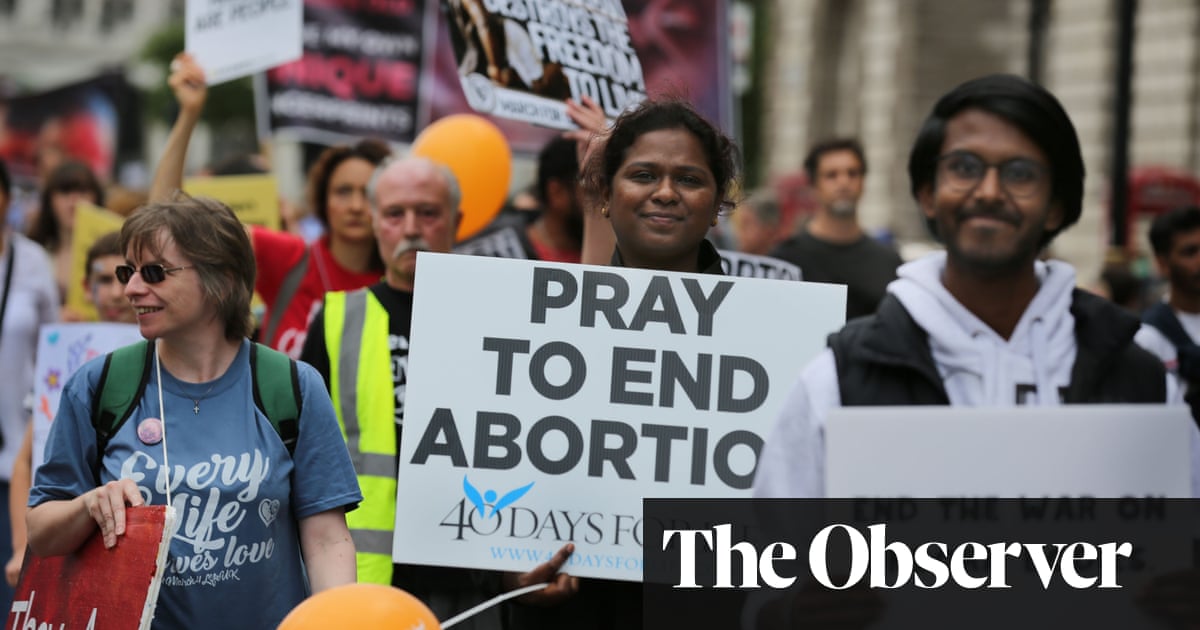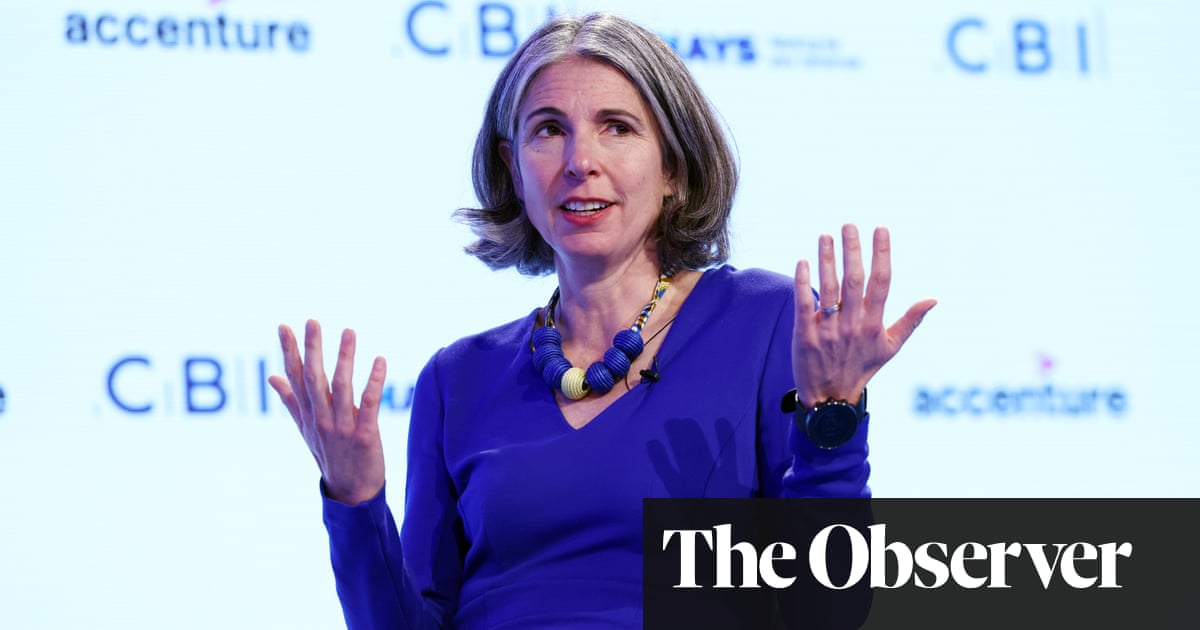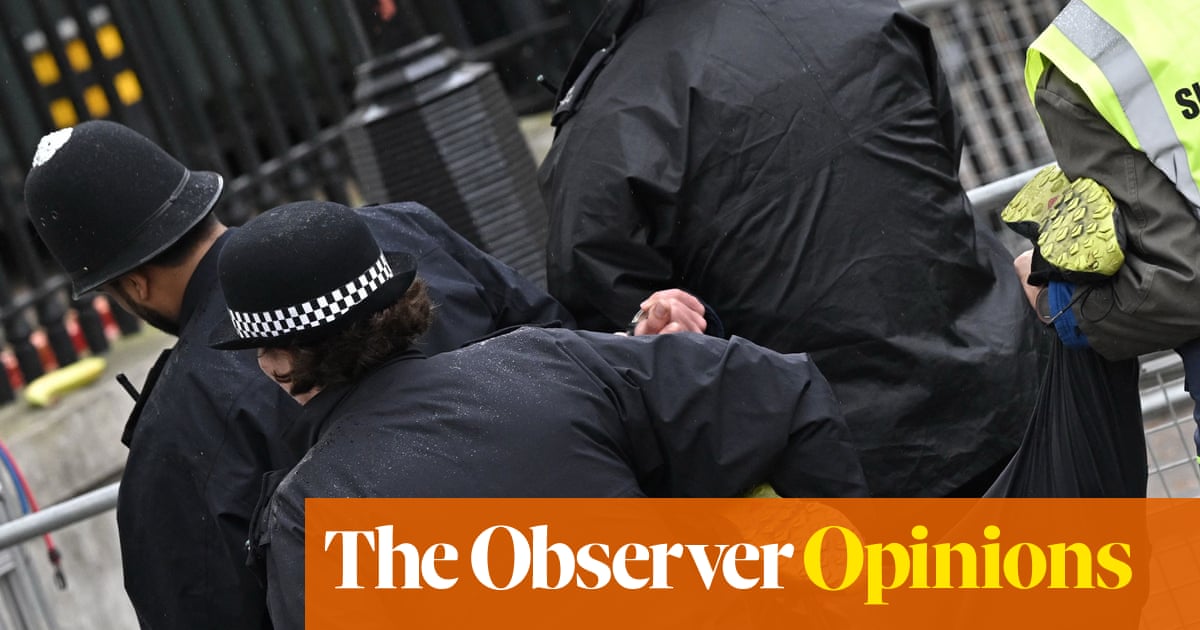
Thousands of miles from the United States supreme court, protesters have been targeting women outside the Glasgow Royal Infirmary.
Recent weeks have seen reports of rising levels of anti-abortion protests outside Scottish hospitals, as well as ongoing anti-choice activism outside clinics across the UK. The methods are as varied as they are cruel. Calling women “Mummy!” as they walk by. Leaflets warning falsely that abortion causes cancer. Waving medically incorrect foetus dolls. Those who would force a woman through childbirth do not flinch from causing a woman distress.
Since 2018 there has been an anti-abortion presence at 42 clinics across England and Wales, according to the British Pregnancy Advisory Service (BPAS). In Scotland, 70% of reproductive-age women live in a health board area that has been targeted by anti-choice protesters in the past five years. The scale of this is vast: more than 100,000 women were subjected to anti-choice harassment while attending an appointment in 2019 (the last available data due to Covid).
After a lull during the pandemic lockdowns, BPAS tells me anti-choice activity outside clinics has now escalated. Women have reported severe intimidation to the charity. Men waiting for them and being followed from their car. Boyfriends having to “shield” them to be able to get by. Having panic attacks as they walk in. Centuries ago, “fallen” women were sometimes strapped to a ducking stool at the local river. Nowadays, they are accosted at health clinics.
Campaigners in the UK have long argued for buffer zones around women’s health centres to address this – in essence creating a safe space that would offer those seeking abortion legal protection from protesters. The SNP’s manifesto pledged to support local authorities to establish protest-free zones around clinics. In England, similar zones exist in a handful of areas following a landmark case in Ealing, London, thanks to years of work by feminist activists. In March, Northern Ireland (where abortion services are severely limited, despite recent legalisation) passed its own law to bring in protective buffers. And yet there is still no action from the Scottish government, nor are there plans for a buffer-zone policy across England and Wales after then home secretary Sajid Javid rejected calls for one in 2018. Without a national solution, clinics have to rely on their local councils to apply for a public spaces protection order, pushing the burden on to already cash-strapped local authorities and leaving women facing a postcode lottery of dignity.
It’s hard not to feel that the inaction on buffer zones reflects that deep down, there is an acceptance of the prejudice that abortion isn’t quite “normal” healthcare. That the women going through the clinic doors may have the right to an abortion but it shouldn’t be made “easy”. No patient undertaking any other medical procedure would be expected to walk through an intimidating crowd to get treatment. If an extremist group coordinated nationwide opposition to heart transplants as being “unnatural”, ministers would soon put measures in place to protect cardiac patients.
Even calling the issue protests is misleading, as if what is happening is people harmlessly exercising their democratic right. Anti-abortion activists outside clinics are not protesting – they are harassing. Their ultimate aim is not simply to protest against abortion but to obstruct women seeking what is essential, legal medical treatment. In some cases, these are calculated delaying tactics – women report missing appointments because they felt unable to face the harassment (abortion is a time-sensitive procedure). As well as patients, clinic staff are being subjected to daily intimidation at work. Some report being called “murderers” and “baby killers”, and have even been followed by activists.
The growth of anti-choice intimidation in Britain will naturally be seen in the shadow of the leaked plan for the US to overturn Roe v Wade. It would be simplistic to conflate the two countries – the US and UK are different beasts politically and culturally – but it’s naive to ignore the links. Long before any law change, US anti-choice activists began by spreading disinformation through clinics, attacking doctors and getting buffer zones banned. There are coordinated efforts by wealthy American anti-choice organisations to extend their work to the UK. The US-based religious group 40 Days for Life recruited the organiser of the recent Scottish protest. Some even host Conservative MPs.
The UK’s abortion law may be on firmer ground than our neighbours’ across the Atlantic, but that does not mean we should be complacent. A woman’s human rights are never permanently won. This is the time for the government to reaffirm its commitment to reproductive rights: making access to medical abortion pills at home permanent in Scotland to follow gains in England and Wales; decriminalising abortion (ending a pregnancy is still a criminal act in England and Wales unless two doctors give permission and agree it’s detrimental to the woman’s wellbeing or health); and finally introducing national buffer zone legislation.
Whether it is a judge with a pen or an activist with a placard, all strategies to impinge female bodily autonomy must be resisted. The state’s refusal to offer women protection outside health clinics is not a small matter but goes to the very heart of what it means to live in a country with reproductive control. It is not enough for women to have the right to an abortion – they should have the right to one without fear, harassment or shame. Otherwise, it is barely a real right at all.
Frances Ryan is a Guardian columnist












